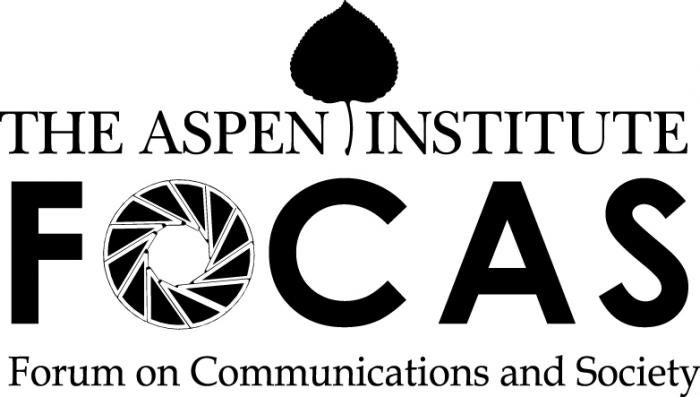The Republic of Estonia recently took the e-government spotlight when it was ranked first in the world for Internet freedom. Freedom House’s Freedom on the Net study compared 47 countries based on barriers to Internet access, limits to content, and violations of citizen’s online rights. The United States was ranked second, while Iran followed Cuba and the People’s Republic of China at the bottom of the list. So how did Estonia, a former Soviet state with 1.3 million citizens, become a world leader in digital openness and e-services? Speaking at the recent launch of Amy Garmer’s new report on advancing the freedom to communicate in the Americas, Alec Ross, Senior Advisor to Secretary of State Hillary Clinton, explained the critical moment when Estonia gained its independence:
In 1991, the per capita GDP in Belarus and Estonia were the roughly same. There were breadlines in Estonia and there were breadlines in Belarus. [Belarus] took a closed model and [Estonia] took a more open model in terms of its political development and the development of its communications there. Today, Estonia is flourishing, it’s wealthy, and it’s helping to lead Europe. And Belarus is Belarus.
Estonia today is a fully wired country with a host of online services including e-health, e-education, and e-voting, as well as a profound commitment to government openness, that stands in stark contrast to its Soviet past. At this year’s Forum on Communications and Society, Estonian President Toomas Hendrik Ilves discussed how his country developed one of the most advanced e-governments in the world and fostered a true digital society. Estonia produces more tech start-ups per capita than any other European country. Ilves, born to Estonian refugees and raised and educated in the United States, says that a number of factors came into play. One factor was Estonia’s opportunity to toss out “legacy technology” following its independence and simply “do nothing the way it was done before”. Also important, Ilves says, was a legislative consensus and commitment to building an open and electronic society essentially from scratch.
According to Ilves, societies need to “think of legislation as part of the software package.” In order for e-services to function, Estonia first needed to pass digital signature laws, determine privacy protections, and roll out national ID cards for citizens. Many of these prerequisites, Ilves said, are a major challenge in other nations where citizens and lawmakers have strong privacy concerns and cultural traditions resistant to implementing e-health.
Here are some highlights from President Ilves’ introductory remarks, explaining how his country overcame these hurdles and developed a digital society committed to privacy and an open and transparent government:
The 2012 Aspen Institute Forum on Communications and Society (FOCAS), “Towards Open and Innovative Governance,” convened August 5-8, in Aspen, Colorado to discuss the movement towards open and innovative governance and develop tangible proposals and recommendations to increase transparency, promote smarter governance and enhance democracy. It was sponsored by the John S. and James L. Knight Foundation. Learn more

